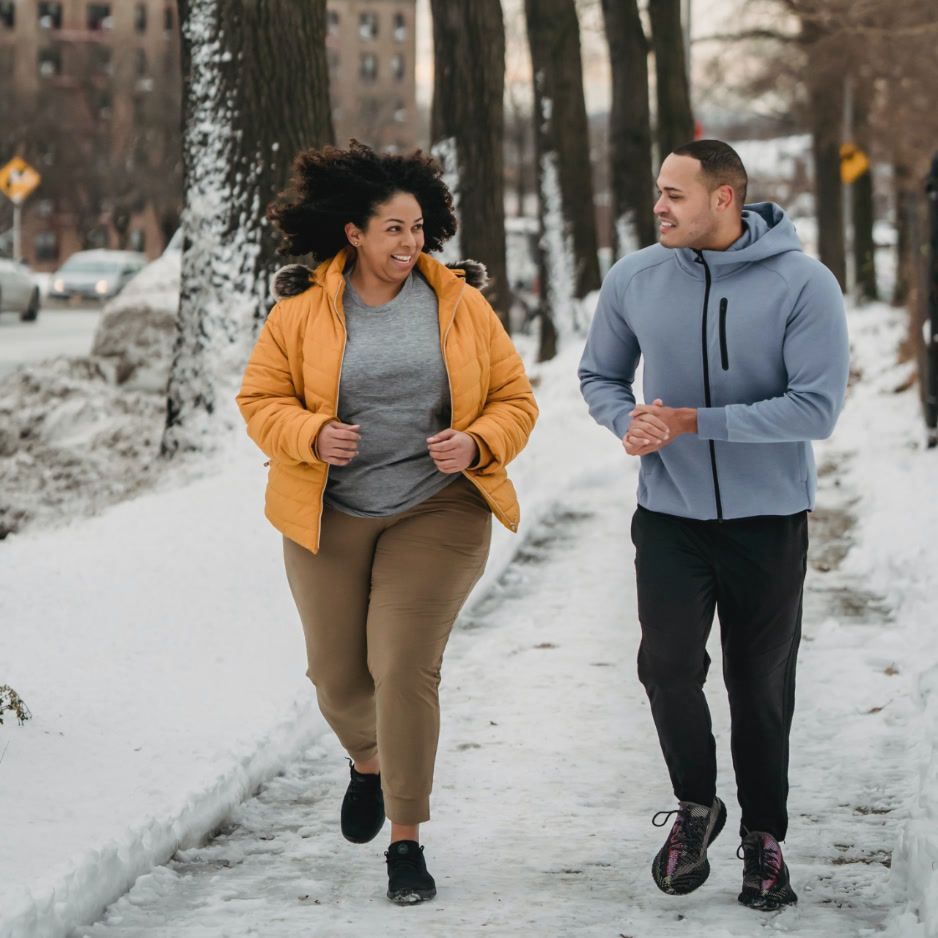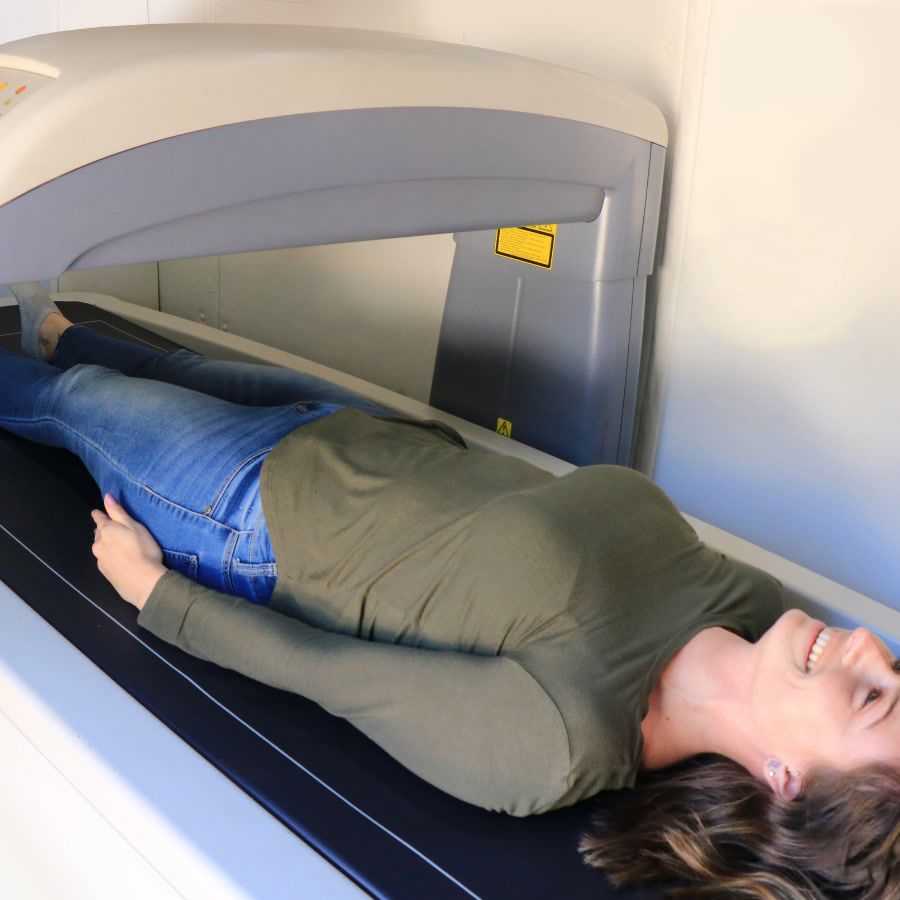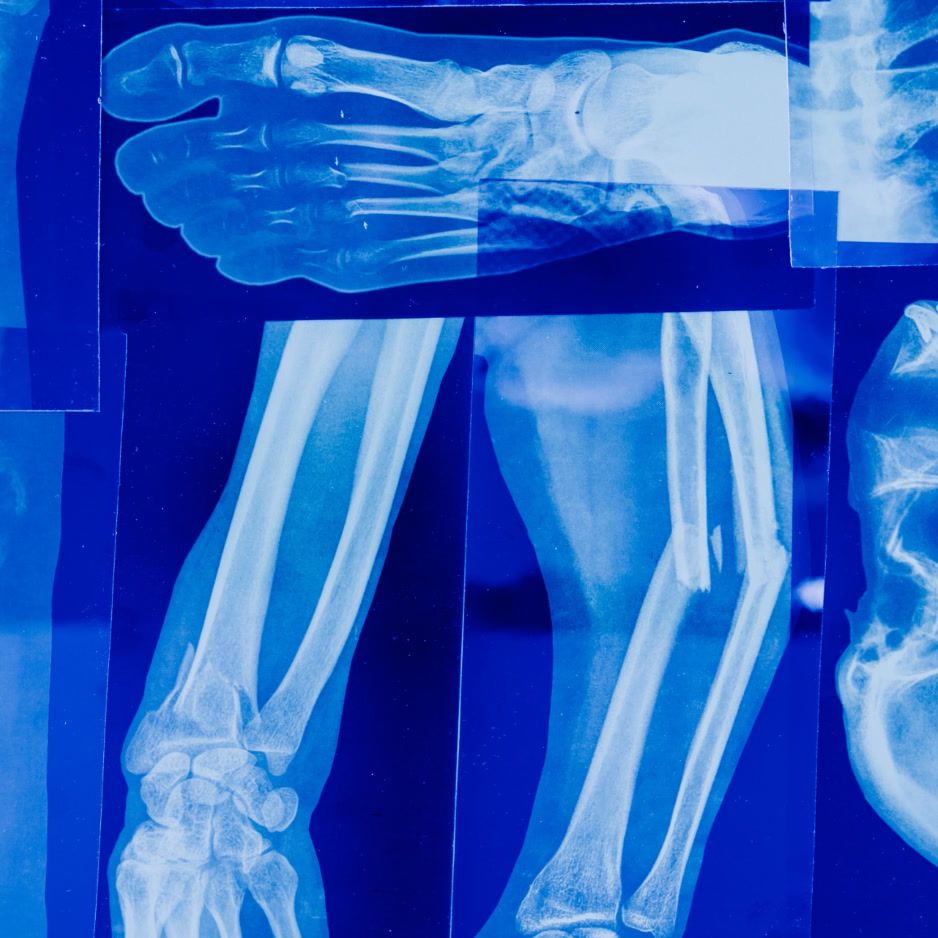Muscle Recovery: A Science-Backed Guide to Heal Faster

Muscle Recovery: A Science-Backed Guide to Heal Faster
When your training gets serious, recovery becomes your competitive edge. This guide turns the latest research into clear, doable steps you can use tonight—whether you’re chasing PRs, bouncing back from a strain, or just want to wake up without the hobble.
Quick answer (what to do today)
- Sleep 7–9 hours in a cool, dark room; aim for a consistent bedtime.
- Eat 25–40 g protein plus 60–80 g carbs after training; keep daily protein high.
- Rehydrate based on your sweat losses; include electrolytes after long/hot sessions.
- Use 10–15 minutes of massage or foam rolling to take the edge off soreness.
- Save ice baths for tournaments, two‑a‑days, or contact‑heavy blocks—not every lift.
Key takeaways
- Sleep, protein+carbs, and personalized hydration are your big three. Get these right first.
- Massage, foam rolling, and cold/contrast water can reduce soreness in the first 24–72 hours—use them around your most important sessions.
- Supplements that actually help: creatine, omega‑3s, and tart cherry—each with specific use cases and limits.
- Advanced tools like BFR let you maintain or build strength with low loads during tight turnarounds or rehab.
- Routine post‑lift ice baths may blunt muscle gains—save heavy cold exposure for competition windows.
The foundations of muscle recovery: sleep, nutrition, and hydration
1) Sleep: your fastest legal recovery aid

Short sleep drags down performance, raises injury risk, and slows recovery by disrupting hormones, inflammation, and neuromuscular function, as summarized in a 2023 review on athletes and sleep (Sports Medicine Open, 2023). Extending sleep and using strategic naps reliably improve cognitive—and often physical—performance in athletes (Sports Medicine Open, 2023).
Quick wins
- Power down screens, dim the lights, keep your room cool, and take a hot shower 60–90 minutes before bed.
- Keep caffeine out of the 8‑hour pre‑bed window; alcohol disrupts deep sleep.
- Track consistency over perfection—string good nights together.
- Find your best sleep window with our sleep calculator and guide.
2) Strategic nutrition for recovery
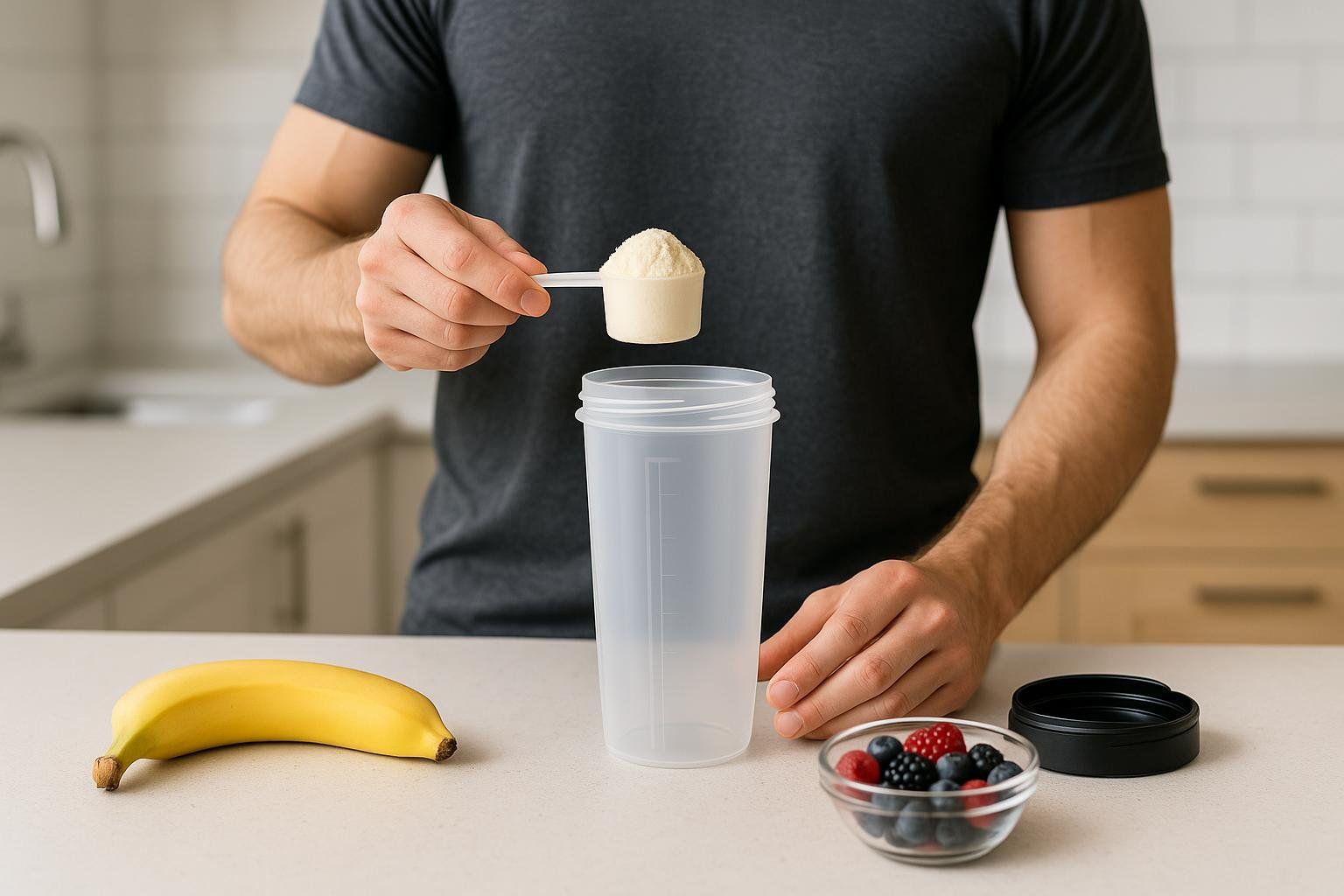
- Carbohydrates refill glycogen—the fuel for your next session. When recovery time is short (<8 hours), aim for ~1.0–1.2 g/kg/hour of carbs for the first 4 hours post‑training. Glucose‑based carbs work best for muscle; a little fructose can help top up liver glycogen and improve gut comfort.
- Protein around training helps preserve strength and lowers CK after exercise‑induced muscle damage (International Journal of Obesity, 2022). A practical target is 20–40 g high‑quality protein soon after training, within a daily intake of roughly 1.6–2.2 g/kg/day for strength athletes and ~1.2–1.8 g/kg/day for endurance.
- While one lab study found that a large single dose (~100 g) produced a longer (12+ hr) anabolic response than 25 g (Cell Reports Medicine, 2023), the most sustainable approach for most people is still to spread protein across 3–4 meals.
Post‑workout plate template (example for a 70 kg / 155 lb athlete)
- Carbs: 70–85 g per hour for the first 2–4 hours if you’ll train again soon (rice, potatoes, fruit, chocolate milk).
- Protein: 25–40 g high‑quality protein (whey, dairy, eggs, lean meat, or plant blends).
- Add color: polyphenol‑rich produce (berries, pomegranate, tart cherry). Avoid mega‑dose antioxidants that may blunt training adaptations.
Want macro targets and simple templates? See our Ultimate Guide to Tracking Macros.
3) Hydration: personalize it—don’t guess
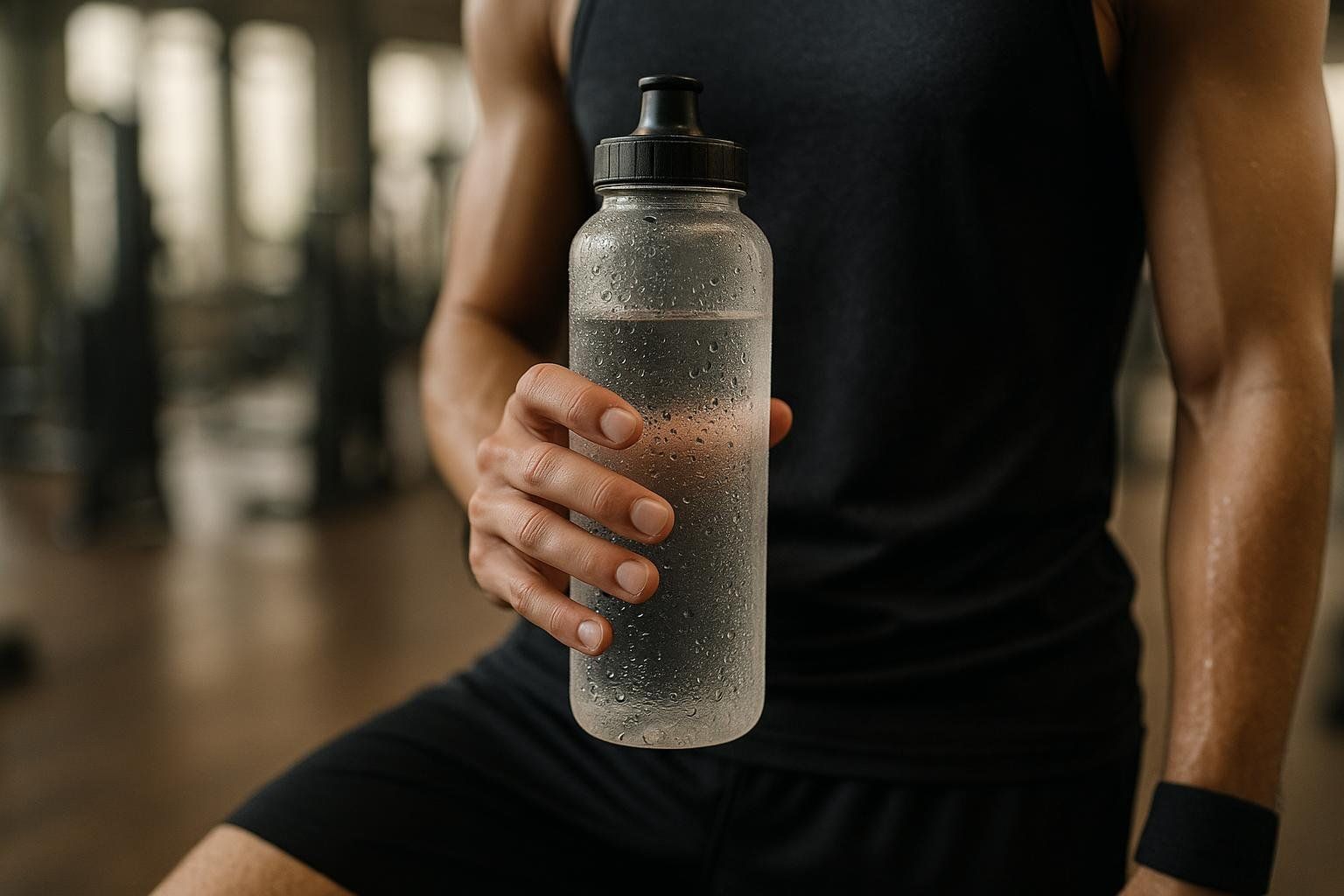
Dehydration dents performance; overdrinking risks hyponatremia. Use body‑mass change, urine specific gravity, and thirst together as simple field biomarkers to build your hydration plan.
Practical moves
- Weigh before/after training; replace ~150% of fluid lost over the next 4–8 hours. Add electrolytes for long/hot/salty sessions.
- Learn more in our Electrolytes and Hydration: A Science‑Backed Guide and How to Hydrate Fast.
What works for soreness (and when to use it)
Think of these as “comfort and continuity” tools—they help you feel better so you can keep moving and stick to your plan.
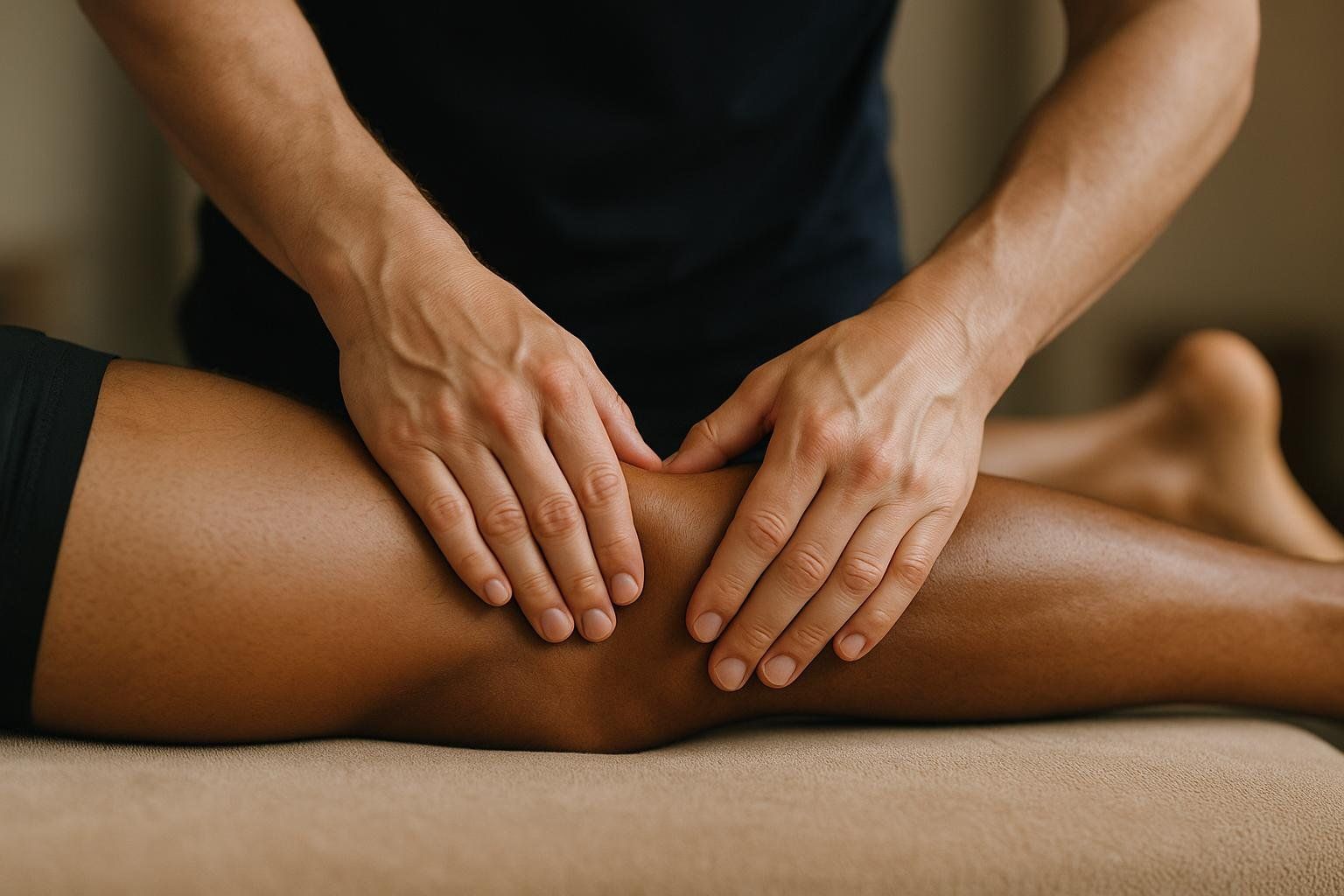
- Massage: A meta‑analysis reports reduced soreness at 24–72 hours and modest strength benefits, alongside lower CK (Frontiers in Physiology, 2017); an arm‑to‑arm randomized trial also found less soreness and swelling (Journal of Athletic Training, 2005).
- Foam rolling: A randomized trial found faster recovery of muscle tone, stiffness, and elasticity after DOMS vs. rest, with mixed effects on pain. Use 5–10 minutes on worked muscles (Sports, 2024). Try our Foam Rolling After Workout: 10‑Minute Routine.
- Hydrotherapy and cold: A network meta‑analysis indicates contrast water therapy is effective for creatine kinase (CK) recovery, and cryotherapy can reduce soreness and the loss of jump performance in the first 24–72 hours (Biology, 2024).
- Important caveat for lifters: Routine cold‑water immersion right after lifting can blunt hypertrophy and strength signaling—reserve it for crucial competition blocks or high‑impact phases (The Journal of Physiology, 2015).
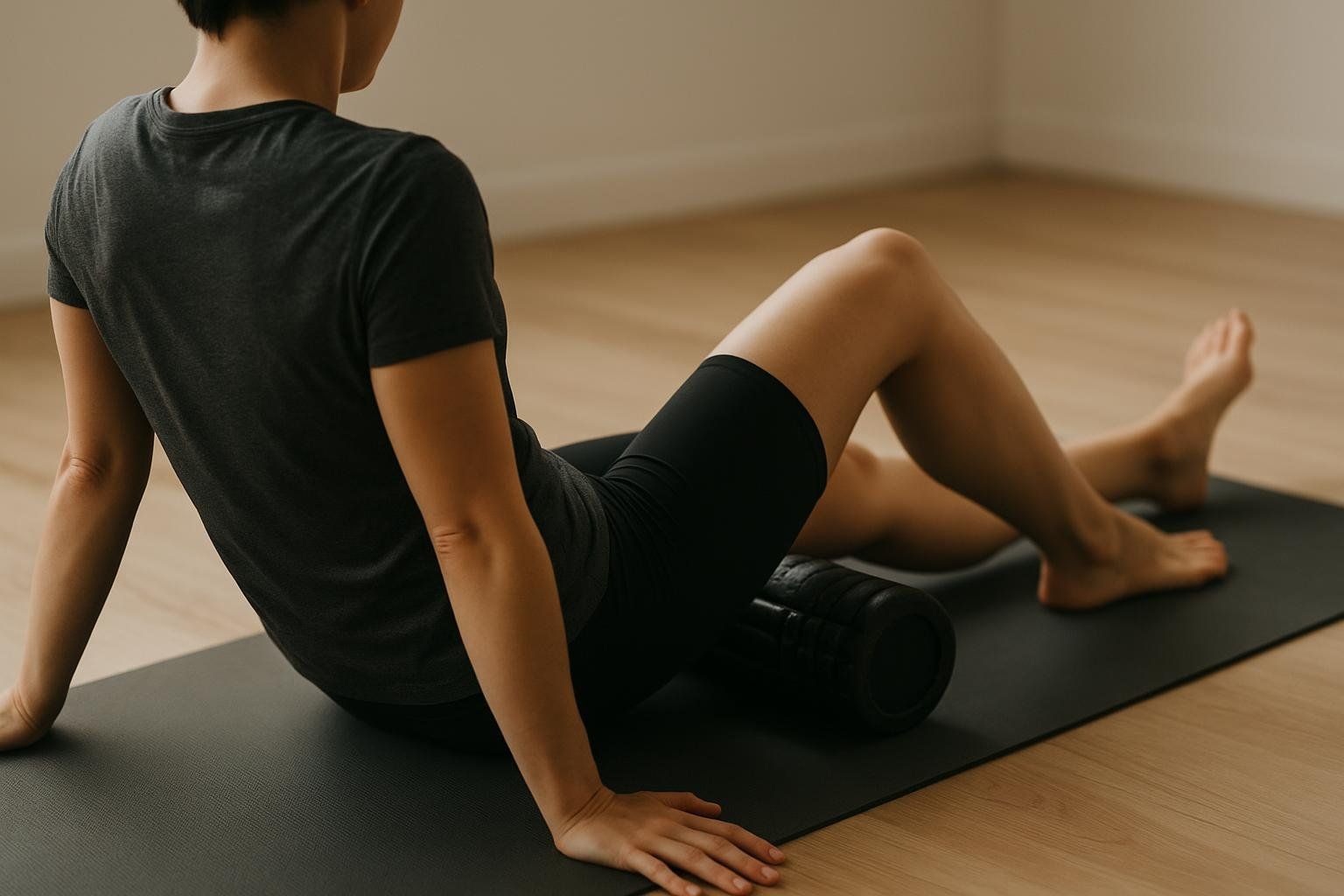
Related read: What Are Muscle Knots?
Supplements for muscle recovery: the evidence
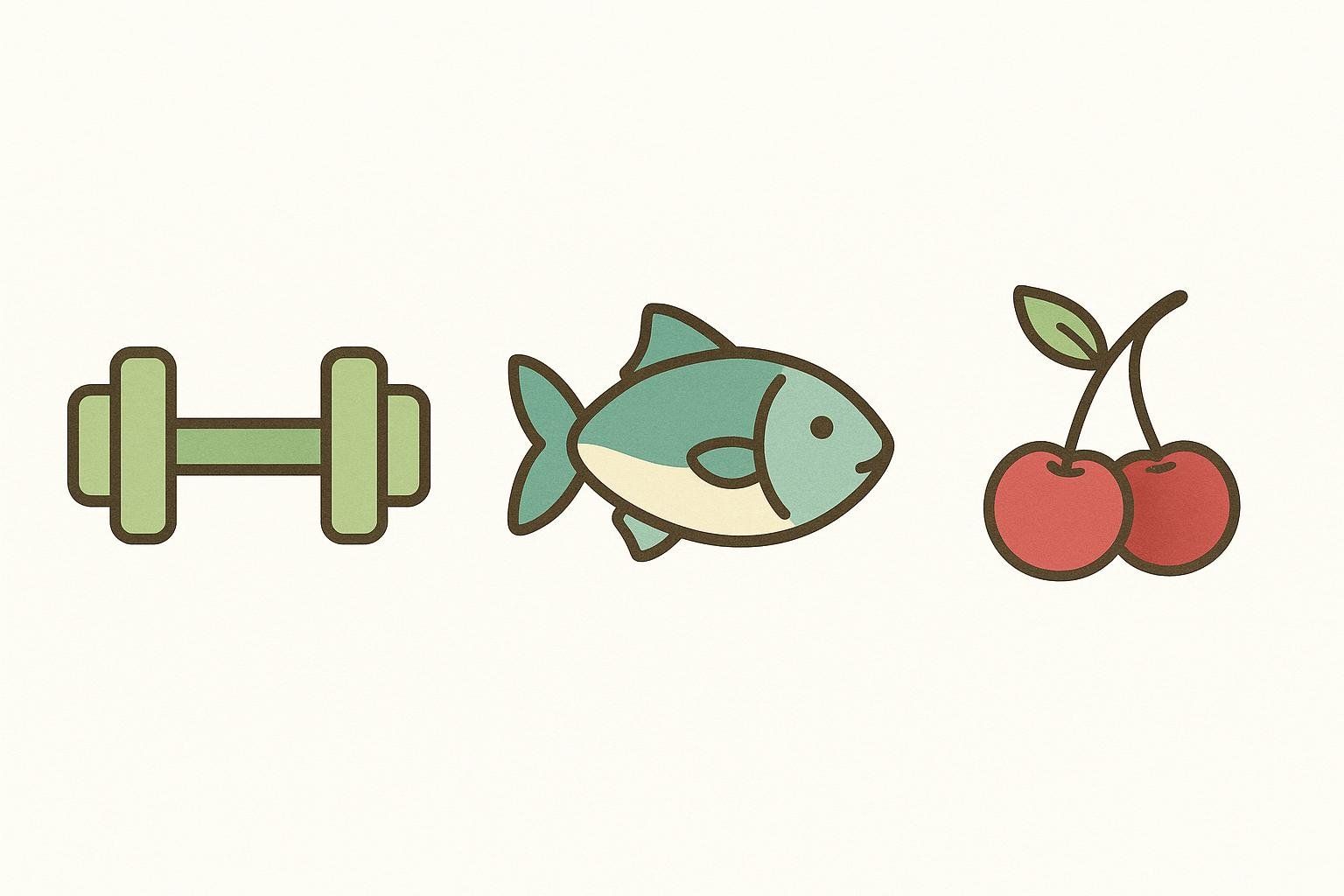
- Creatine monohydrate (3–5 g/day): Beyond strength/power benefits, may help muscles recover faster between workouts (Nutrients, 2021).
- Omega‑3s (EPA/DHA): Can reduce some inflammation (IL‑6, CRP) and muscle‑damage markers (CK, lactate dehydrogenase); performance effects are inconsistent. Doses around ~2.4 g/day or more for 4–5 weeks appear more promising.
- Tart cherry juice: May improve muscle function and reduce IL‑6/IL‑8 after hard efforts; soreness effects are mixed. Studies often use about 260 mL/day.
- Caffeine, carbohydrates, sodium bicarbonate: When turnarounds are very short, these can support acid‑base balance and glycogen resynthesis in select scenarios—test in practice, not on race day.
Emerging recovery methods: the latest research
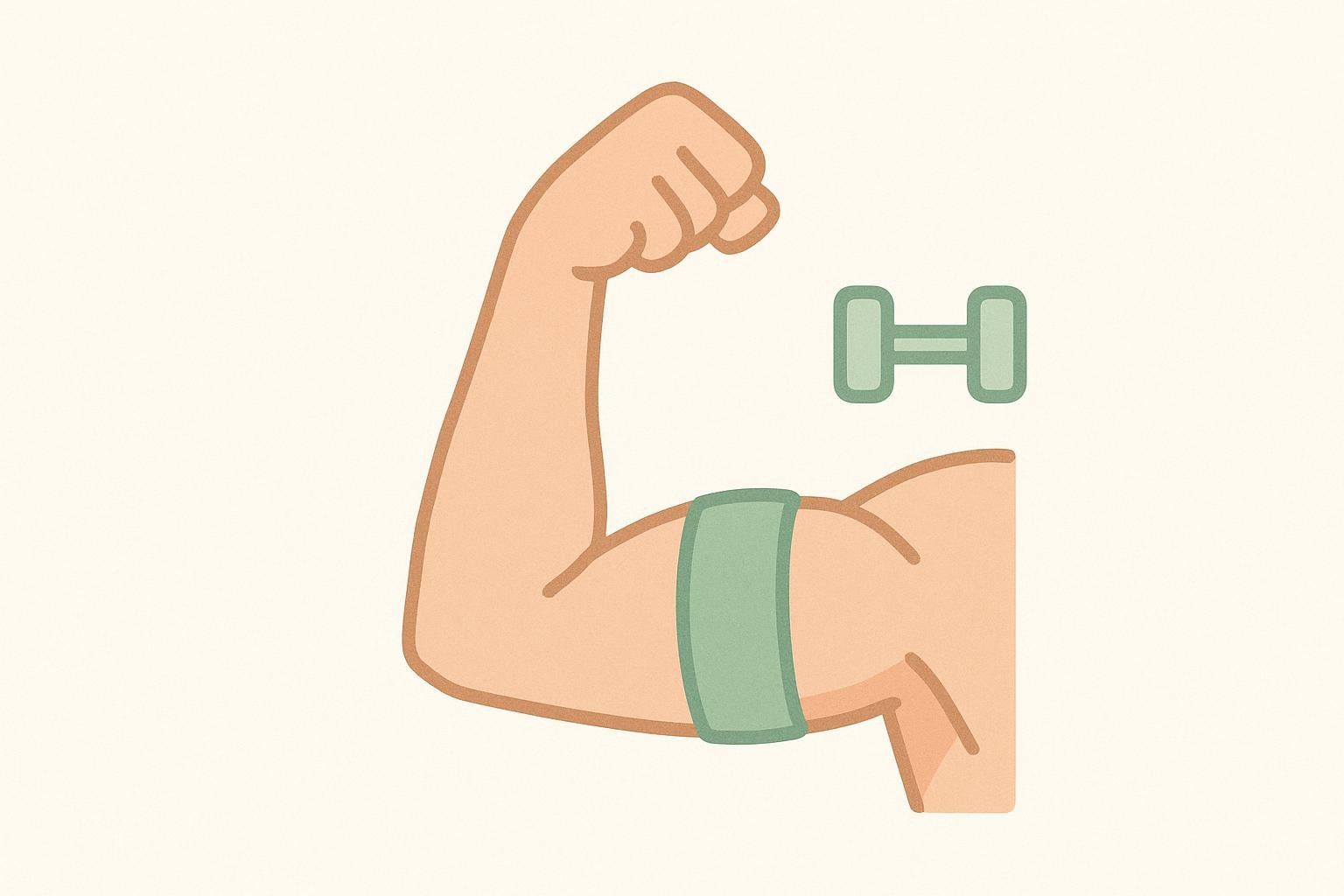
- Blood Flow Restriction (BFR): In rehab or busy training blocks, low‑load training with BFR can improve strength and activation compared to non‑BFR protocols—handy when heavy lifting isn’t possible. Learn the basics: What Is Blood Flow Restriction Training?.
- Photobiomodulation (PBM/red light): Whole‑body PBM may improve sleep quality but hasn’t shown clear benefits for recovery biomarkers or performance yet. For a broader overview, see: Full‑Body Red Light Therapy: Before and After Results.
Your 24‑hour recovery plan (customize by workout type)
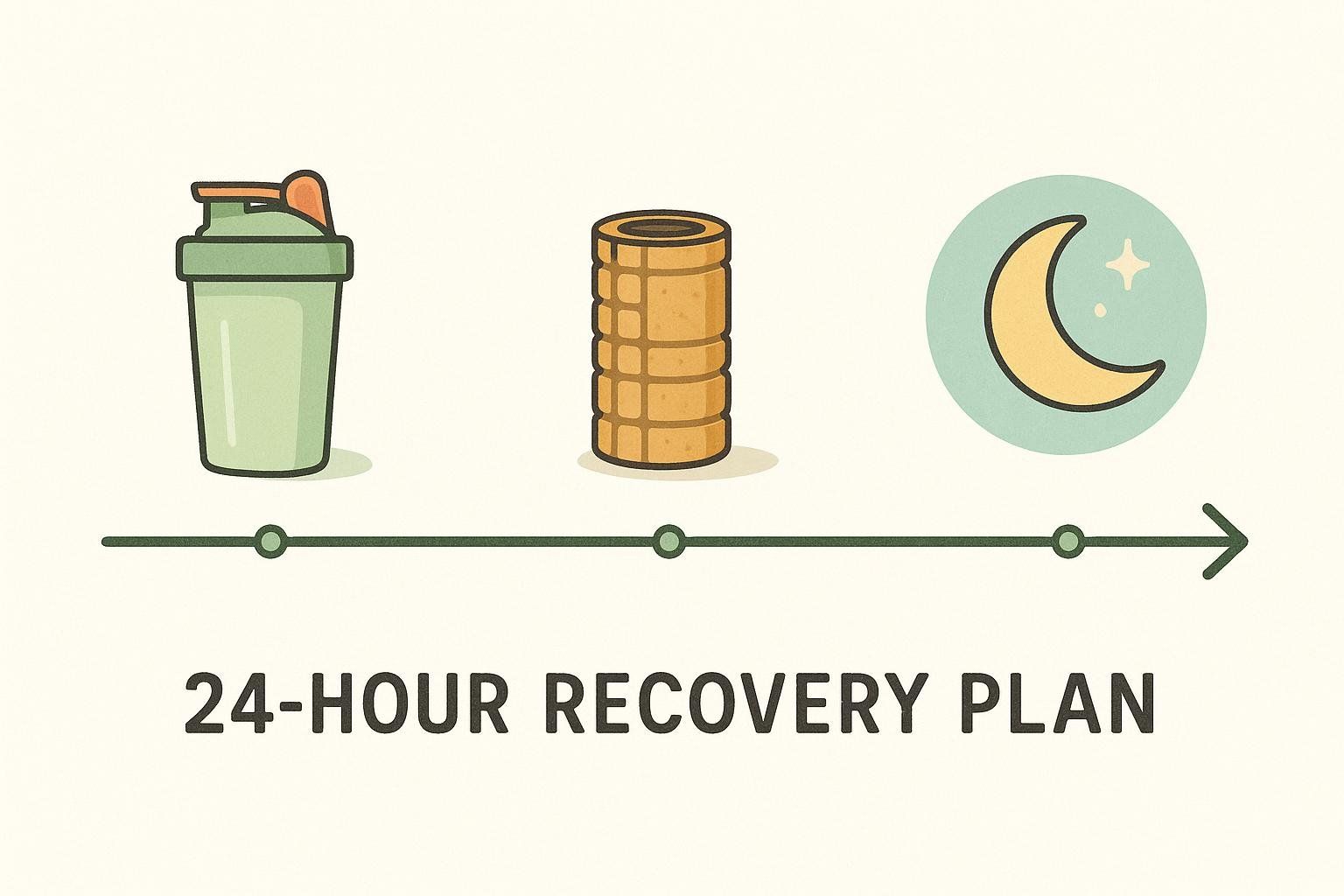
Use this as a template, then adjust carbs/fluids by body size, sweat rate, and time to next session.
- Immediately post‑session (0–30 minutes)
- Easy cooldown: 5–10 minutes light movement and breathing.
- Protein 25–40 g plus carbs 1.0–1.2 g/kg if training again within 8 hours.
- Begin rehydration: 500–750 mL with electrolytes if sweat was heavy.
- First 4 hours
- Continue carbs each hour if another session is coming: ~1.0–1.2 g/kg/h.
- Light soft‑tissue work: 5–10 minutes foam rolling or a 10–15 minute massage to reduce soreness.
- After a particularly intense or novel workout, consider contrast water or targeted cold to reduce soreness, especially in tournament settings. Avoid routine post‑lift ice baths during hypertrophy blocks.
- Evening wind‑down
- Prioritize a consistent sleep window (7–9 hours). Treat sleep like a workout you don’t skip.
- Optional: gentle mobility for tension hotspots. See: Mobility Exercises: Drills for Office Workers, Runners, and Seniors.
- Next‑day readiness check
- Body mass change, urine color/specific gravity, and thirst to guide hydration top‑ups.
- Soreness 1–3/10? Proceed with planned training. Soreness 5–6/10? Shift to technique/volume control and active recovery. If you suspect an injury, it’s important to know when to seek care (Harvard Health Publishing, 2024).
Evidence grades at a glance
The grades (A–C) summarize the strength and consistency of scientific evidence for each method.
| Method | What it’s best for | Evidence grade | Key notes |
|---|---|---|---|
| Sleep optimization | Global recovery, injury risk, performance | A | Foundational; improves hormonal and neuromuscular recovery. |
| Carb + protein timing | Rapid glycogen repletion; tissue repair | A | Most critical when sessions are <8–12 hours apart. |
| Individualized hydration | Performance and safety | A | Use body mass change + urine + thirst as your feedback loop. |
| Massage | Reducing DOMS (24–72 h) | B | Small–moderate DOMS reduction; some force benefits. |
| Foam rolling | Soreness relief; tone/stiffness recovery | B | Helpful for comfort; pain effects mixed. |
| Contrast/cold water | Soreness and neuromuscular recovery | B | Useful acutely; avoid routine post‑lift CWI in hypertrophy phases. |
| Creatine | EIMD recovery between bouts | B | Also boosts strength/power; 3–5 g/day. |
| Omega‑3s | Inflammation and damage markers | C | Mixed on soreness/performance; consider ≥2.4 g/day EPA/DHA. |
| Tart cherry | Muscle function; some cytokines | C | Soreness results mixed; ~260 mL/day used in studies. |
| BFR (low‑load) | Strength when heavy loads aren’t possible | B | Strong rehab use case; follow safe protocols. |
| Whole‑body PBM | Sleep quality | C | No clear performance/recovery biomarker benefits yet. |
Track whether your recovery is working
Weekly signals to watch
- Performance: Are planned loads, paces, or volumes holding steady with similar RPE?
- Soreness: Does DOMS return to ≤3/10 within 48–72 hours after hard sessions?
- Sleep: Are bedtime/wake time and total sleep stable 5–6 days/week?
- Hydration: Are pre‑ to post‑workout body mass changes, thirst, and urine markers trending toward your personal baseline?
Go deeper with DEXA
- A BodySpec DEXA scan quantifies lean mass, fat mass, and visceral fat so you can confirm you’re gaining or maintaining muscle while dialing in training and recovery. Start here: The DEXA Scan: Body Fat, Muscle, and Bone Density Testing and BodySpec DEXA Scan Accuracy Guide.
FAQs
What’s the fastest way to reduce soreness after a tough workout?
- Sleep 7–9 hours, hit carb + protein targets, hydrate based on your losses, and add 10–15 minutes of massage or foam rolling. For muscle‑damaging sessions during tight schedules, contrast water or targeted cold can reduce soreness in 24–72 hours.
Should I take an ice bath after lifting?
- Use sparingly. Cold can cut soreness short‑term but may blunt long‑term muscle and strength gains if used routinely right after lifting (The Journal of Physiology, 2015). Save it for tournaments, two‑a‑days, or contact‑heavy blocks.
Do I need a protein shake immediately?
- If you won’t eat soon, a shake is handy. What matters most is your total daily protein and getting 20–40 g within a practical window post‑training—especially if you train again the same day. A single large serving can sustain anabolism longer in lab settings, but evenly distributed meals work well for most (Cell Reports Medicine, 2023).
Can foam rolling replace a proper cool‑down?
- No. It’s an add‑on for comfort and range, not a replacement for easy movement and breathwork. Evidence supports improvements in muscle tone/stiffness recovery with mixed effects on pain (Sports, 2024).
Is PBM/red light a recovery cheat code?
- Not yet. Whole‑body PBM hasn’t shown clear recovery or performance benefits, though it may improve sleep quality. Consider it a sleep‑adjacent tool, not a primary lever.
I’m short on time—what’s my bare‑minimum recovery stack?
- 20–40 g protein + 60–80 g carbs, 500–750 mL fluid with electrolytes as needed, 5–10 minutes light movement + rolling, and a protected sleep window.
Ready to personalize your plan?
- Dial your sleep window and hydration plan, then layer in nutrition and 1–2 recovery tools you’ll actually use. Track results with regular BodySpec DEXA scans—book your DEXA scan.
